
The Aegean Sea: Cradle of Civilizations
Explore the Aegean Sea: a timeless blend of history, mythology, and stunning island landscapes awaits your discovery in the heart of the Mediterranean.
The Aegean Sea, a shimmering expanse of the Mediterranean between Greece and Turkey, is steeped in history and mythology. Its islands, from the Cyclades to the Dodecanese, offer a blend of ancient ruins, vibrant culture, and stunning natural beauty, making it a must-see destination for travelers seeking sun, history, and adventure.
A brief summary to Aegean Sea
Local tips
- Consider island-hopping to experience the diverse cultures and landscapes of the Aegean. Ferries connect most of the islands, making it easy to explore multiple destinations.
- Book accommodations and ferry tickets in advance, especially during peak season (June-September), to secure the best prices and availability.
- Pack light clothing, swimwear, sunscreen, and a hat, as the Aegean enjoys a warm, sunny climate during much of the year.
- Try the local cuisine, including fresh seafood, traditional Greek dishes, and regional specialties unique to each island.
- Be aware that some islands, particularly Mykonos and Santorini, can be very crowded during peak season. Consider visiting in the spring or fall for a more relaxed experience.
Getting There
-
Ferry
The primary way to access the Aegean Sea's islands is by ferry from mainland Greece, particularly from the port of Piraeus in Athens. Several ferry companies operate routes throughout the Aegean, including Blue Star Ferries and Aegean Sea Lines. From Athens (Piraeus): * **Destinations:** Ferries connect Piraeus to most of the major island groups, including the Cyclades, Dodecanese, and North Aegean islands, as well as Crete. * **Cost:** Ticket prices vary widely depending on the destination, type of ferry (conventional or high-speed), and class of travel. Expect to pay between €10 to €150 for a single ticket. Cabins can cost significantly more. * **Frequency:** Many routes have multiple daily departures, especially during the peak season. Important Considerations: * **Booking:** It is highly recommended to book ferry tickets in advance, especially during the summer months, as ferries can sell out. * **Port Taxes:** Some ports may have a small port tax. * **Schedules:** Ferry schedules can change, so it's essential to check the latest information before traveling.
-
Public Transport
Once you arrive on an island, local buses are a cheap and reliable way to get around. * **Cost:** Bus tickets typically cost between €1.60 and €2.50 per ride. * **Coverage:** Buses connect major towns, beaches, and attractions. * **Tickets:** Tickets can be purchased at kiosks or on board the bus. In addition to buses, taxis are readily available on most islands. * **Fares:** Taxi fares vary, and it's advisable to confirm the price with the driver before starting your journey. Note: Some smaller islands are easily explored on foot or by bicycle.
Discover more about Aegean Sea
Iconic landmarks you can’t miss
Aegean Sea
0.0 km
Discover the enchanting Aegean Sea, a Mediterranean paradise of crystal-clear waters, stunning islands, rich history, and unforgettable adventures.
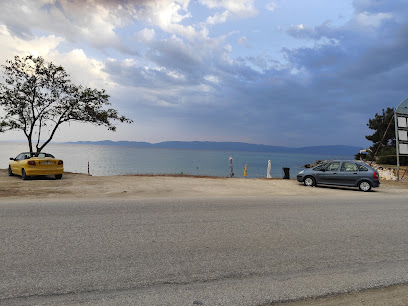
Ancient Temple of Messon
91.6 km
Explore the ruins of the Ancient Temple of Messon on Lesvos, a historical sanctuary dedicated to Zeus, Hera, and Dionysos.
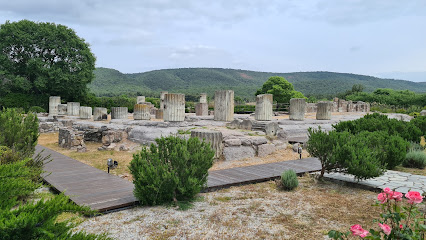
Oinousses
99.6 km
Explore the idyllic Oinousses Island – a hidden gem of the Aegean with stunning beaches, rich maritime history, and delightful local cuisine.
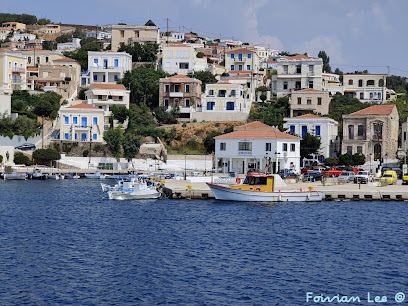
Unmissable attractions to see
Petrified Forest of Lesvos
58.3 km
Explore the Petrified Forest of Lesvos, a UNESCO World Heritage site showcasing ancient fossilized trees and stunning natural beauty.
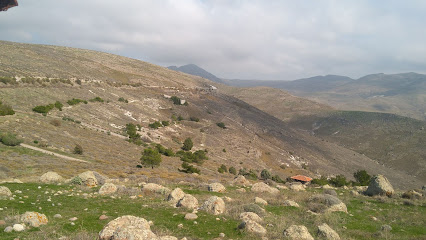
Petrified Forest park of Sigri
59.6 km
Explore the Petrified Forest Park of Sigri, a UNESCO World Heritage site showcasing ancient fossilized trees and stunning coastal landscapes.
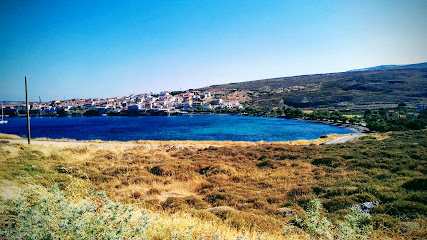
Orpheus Cave
65.7 km
Explore the enchanting Orpheus Cave in Lesvos, a mesmerizing natural wonder filled with stunning rock formations and rich folklore.

Skala Kalloni
83.4 km
Experience the serene beauty and rich culture of Skala Kalloni, a hidden gem on the stunning island of Lesbos, Greece.
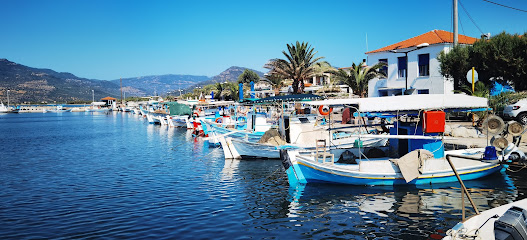
Οθωμανικό Λουτρό Μήθυμνας / The Ottoman Baths of Mithymna
87.2 km
Explore the Ottoman Baths of Mithymna, a historical gem showcasing exquisite architecture and the rich cultural heritage of Greece.




